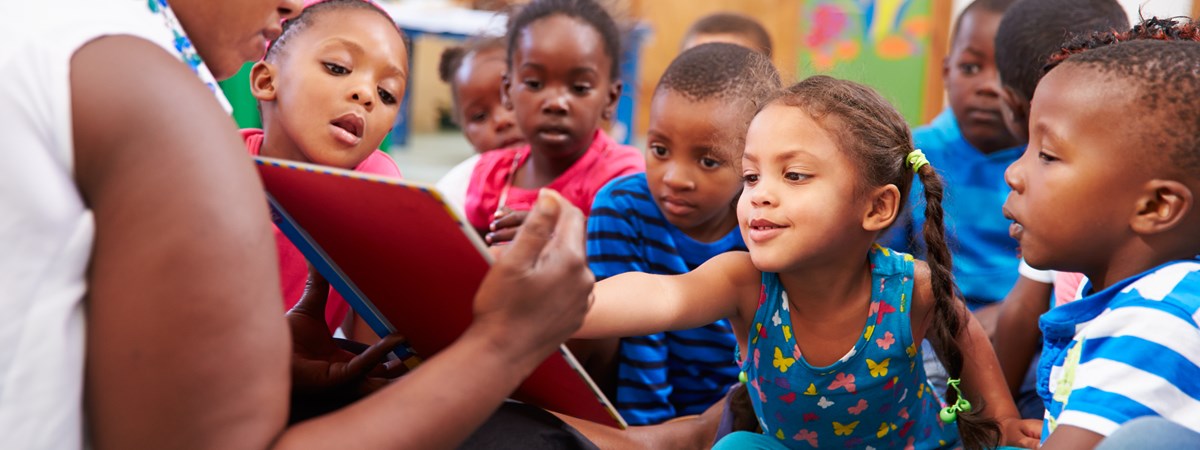Dhanya Seshan explains her school's approach to bilingual learning and the steps that international schools can take to find this delicate balance
Bilingual learning is fast becoming the buzzword in education, with schools and leaders trying to cater to global learners and achieve that perfect balance of lessons that helps learners learn the content in both languages. Working as a senior leader in a bilingual international school, I have also been on this quest for many years, walking that fine line. Like any journey, it is important to map out the route and finalise the destination- to deliver two curricula in two languages without overwhelming the learners. Sounds simple? After all, bilingual learning has proven cognitive benefits by exercising multiple parts of the brain. The widely accepted method is to deliver all subjects in the native tongue and adapt parts of it for instruction in English or vice versa, depending on the regulations of the country.
In our school we have been trying to perfect the journey towards a somewhat ambitious aim, delivering two curricula – English and Hungarian - in all their native glory and not just select content. We then start with the premise that all students are equally capable of learning at the same pace in both languages. As an inclusive school, accepting students who have little or no English in all stages except for the final 2-3 years of schooling, this process does tend to get somewhat complicated. A way around this is provision of learning support and English language support for these students, and they are encouraged to go for immersive English learning, at least initially for a few years. Many students also choose to continue their native language studies outside of school, choosing to appear for final exams to pass the standardised assessments in their countries.
Often, the stumbling block is when we hit the more complex subjects, for example, Mathematics and Sciences, where subject specialism is required
The 'magic formula' that we have discovered, is to deliver the specials – Dance and Drama, Art, Music and PE - in English only, since most of the learners tend to speak Hungarian/other native languages at home. This assumes that the vocabulary pertaining to these subjects will be gained from their home environment rather than the school. Content and Language Integrated Learning (CLIL) helps a lot, as the basis of this methodology is teaching a foreign language through a subject. Often, the stumbling block is when we hit the more complex subjects, for example, Mathematics and Sciences, where subject specialism is required, even for simplifying the carrier language, and the learning support is unable to provide this.
Assimilated data has been showing a curious pattern developing though, where these non-native students learning English as a native student would, are becoming more proficient and starting to think in English, rather than their mother tongue. So, are they losing out on learning in their mother tongue? I would say not, as these are global citizens, who as students at an international school are getting a truly global exposure.
It is very difficult to pack away these global students into neat little labelled boxes since there are so many variations and permutations
Then there are the international learners - learners who are tri, multi or plurilingual. The perceived 40 (Hungarian) – 60 (English), becomes 95 percent English and 5 percent of the language of the learner’s adopted country, helping the international learner understand the customs of the country and find their way around, by at least being able to use simple phrases in a foreign language. It is very difficult to pack away these global students into neat little labelled boxes since there are so many variations and permutations. We go a step further with Hungarian students who have never studied in Hungary by providing them an opportunity to learn their mother tongue by carefully selecting literary works through which they can learn the history and grammar in their tongue.
Many schools around the world use co-teaching as a method to deliver the native curriculum in English, keeping the native curriculum as the base and not choosing to teach two curricula, or choosing to teach very little from a select curriculum like IPC or MYP or Cambridge. While this may help our Hungarian colleagues who have a strictly mapped syllabus and assessment expectations, our challenge is to prepare them for the IGCSEs and IBs, as well as the parental expectation of students rivalling their peers in other Hungarian only schools. Does the fact that 60 percent of our students achieve that mean we have arrived at the perfect formula? Not at all! We do have the other 40 percent to consider - learners who are extremely talented and possibly gifted in other areas and are unable to keep up with the extreme demands. The quest for that elusive perfect balance continues.
Is it fair to place these expectations on younger learners? How does a student requiring special needs cope when expected to switch between the two languages and possibly varying concepts? Would choosing a single curriculum be perhaps gentler on the learner?
Would you like to share your ideas, insights or expertise with the ISN Community? Please email us at [email protected] to learn more about publishing with ISN, or send your draft article directly to our editorial team here!

